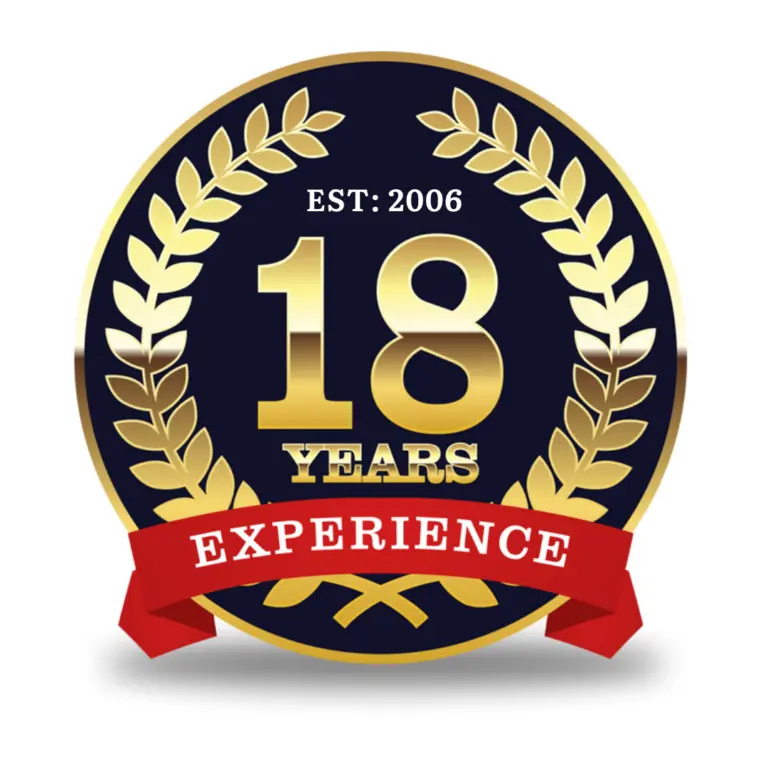


Introduction:
In today’s competitive business environment, having a talented and devoted crew is critical to success. However, for many firms, obtaining the right individuals may be a difficult task. The answer to overcome this barrier is to precisely define your staffing requirements. Businesses can speed up their recruiting process, attract top individuals, and develop a strong and productive team by establishing a well-defined list of standards.
In this Blog, we will discuss the necessity of determining staffing requirements and how it may lead to effectively addressing staffing obstacles.
Understanding your organization’s short-term and long-term goals is the first step in defining your staffing conditions. Examine your present workforce for skill gaps that need to be filled.
By connecting your staffing needs with your business goals, you guarantee that new recruits are not only competent for their jobs, but also contribute to the company’s overall growth and success.
To eliminate uncertainty throughout the hiring process, fully describe each position’s unique job functions and responsibilities. Candidates will have a clear idea of what is expected of them as a result of this clarity. Furthermore, it will assist your HR staff and recruiters in narrowing their search for applicants who have the specific skills and knowledge necessary for the job.
Outlining the essential credentials and experience for each position is a critical component of determining staffing criteria. This stage aids in the screening of candidates who do not fulfill the basic standards, saving time and money throughout the recruiting process. It also guarantees that only the most qualified individuals are evaluated for the position, boosting the likelihood of making successful recruits.
While technical abilities are important, don’t underestimate the importance of soft skills and cultural fit. Define the interpersonal characteristics and cultural values that correspond with the culture of your firm. Hiring people that not only have the necessary abilities but also fit into the corporate culture generates a healthy work atmosphere and increases employee happiness.
In today’s digital age, technology may considerably contribute in the definition and management of workforce conditions. To simplify the employment process, consider using applicant tracking systems (ATS) and recruitment tools. ATS can assist you in creating consistent templates for job descriptions, automating candidate screening, and effectively tracking candidates.
When determining staffing conditions, include the input of important stakeholders such as department heads and team members. Their thoughts and insights might provide significant information about the skills and attributes needed to flourish in various professions. Involving stakeholders in the process develops a sense of ownership and teamwork, which results in better hiring decisions.
Conclusion:
Clearly defining your staffing circumstances is an important step in overcoming staffing problems and building a high-performing team. Organizations may optimize their recruiting process and attract top people by aligning staffing needs with business objectives, specifying particular positions and qualifications, prioritizing soft skills and cultural fit, and using technology and stakeholder input. Remember that a well-defined hiring plan not only leads to successful recruits but also helps to your company’s overall development and success.
1003-04, 10th floor G-Square Business Park, Jawahar Road, Opposite Railway Station, above Kalyan Jewellers, Ghatkopar East, Mumbai – 400077